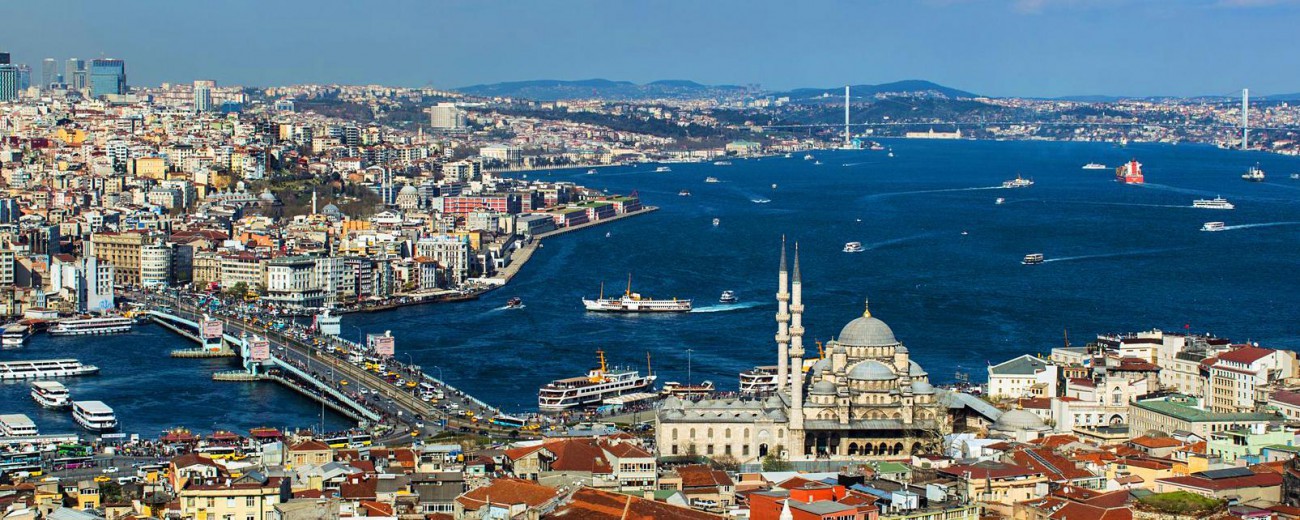Theme: Dam Safety- Renewable and Sustainable Energy
Cevahir Asia Hotel - Istanbul / 27 October - 1 November 2018
Cevahir Asia Hotel - Istanbul / 27 October - 1 November 2018


Istanbul, Turkish İstanbul, formerly Constantinople, ancient Byzantium , largest city and seaport of Turkey. It was formerly the capital of the Byzantine Empire, of the Ottoman Empire, and—until 1923—of the Turkish Republic.

The old walled city of Istanbul stands on a triangular peninsula between Europeand Asia. Sometimes as a bridge, sometimes as a barrier, Istanbul for more than 2,500 years has stood between conflicting surges of religion, culture, and imperial power. For most of those years it was one of the most coveted cities in the world.
The name Byzantium may derive from that of Byzas, who, according to legend, was leader of the Greeks from the city of Megara who captured the peninsula from pastoral Thracian tribes and built the city about 657 bce. In 196 ce, having razed the town for opposing him in a civil war, the Roman emperor Septimius Severusrebuilt it, naming it Augusta Antonina in honour of his son. In 330 ce, when Constantine the Great dedicated the city as his capital, he called it New Rome. The coinage, nevertheless, continued to be stamped Byzantium until he ordered the substitution of Constantinopolis. In the 13th century Arabs used the appellation Istinpolin, a “name” they heard Byzantines use—eis tēn polin—which, in reality, was a Greek phrase that meant “in the city.” Through a series of speech permutations over a span of centuries, this name became Istanbul. Until the Turkish Post Office officially changed the name in 1930, however, the city continued to bear the millenary name of Constantinople. Pop. (2007) 10,757,327; (2012 est.) urban agglom., 13,301,345.
Where am I?